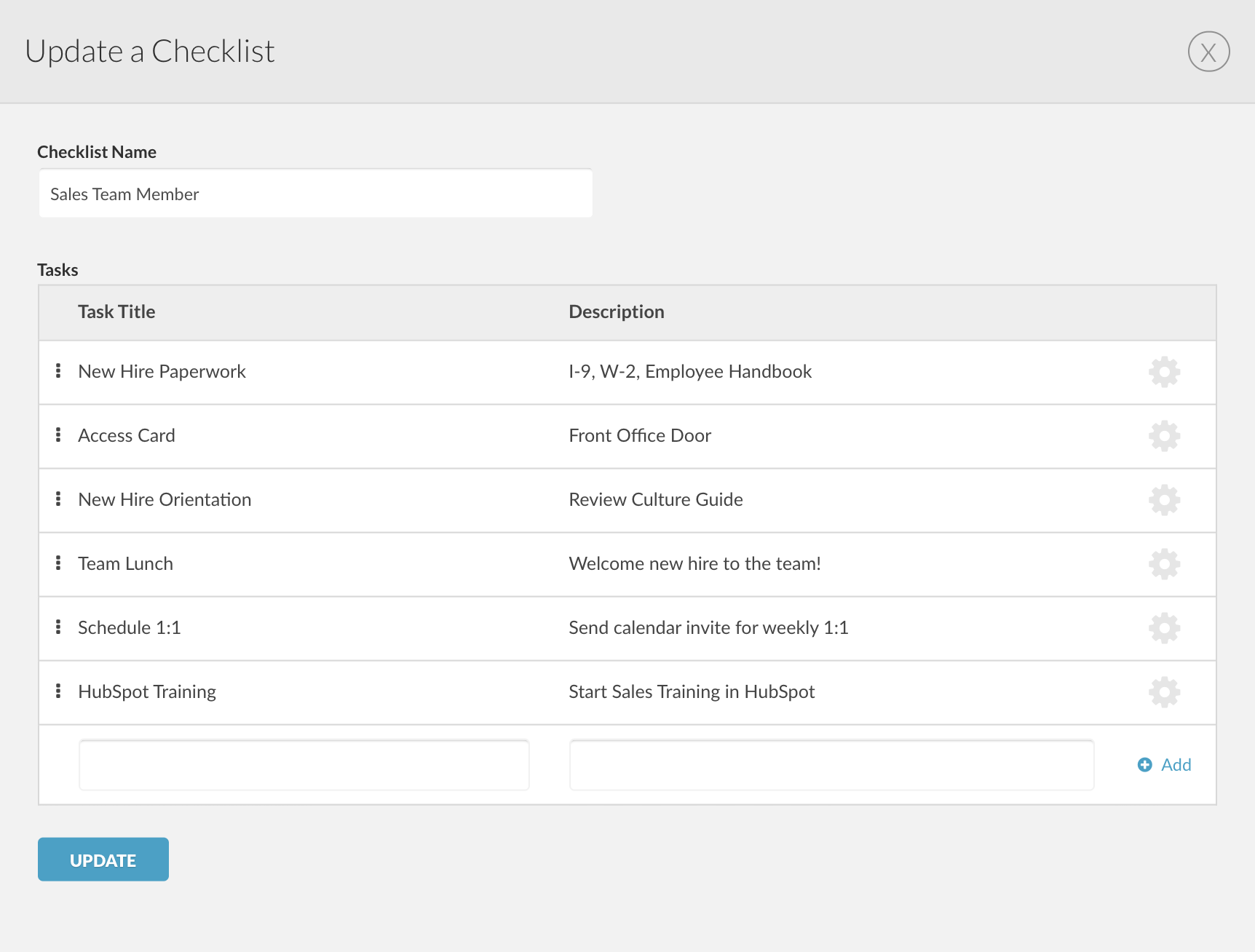
Written by
Aidan Farrish
Aidan is an aPHR-certified writer on the marketing team at BerniePortal. She writes about HR, healthcare, and benefits.
Onboarding Best Practices: A Comprehensive Checklist and Process Guide
.jpg)
What Is Onboarding and Why Does it Matter?
Onboarding is the process of integrating new employees into an organization, equipping them with the knowledge, skills, and behaviors they need to succeed. This process goes beyond merely completing paperwork; it involves activities designed to acclimate new hires to the company’s environment, values, and expectations. Effective onboarding is critical because it shapes first impressions, influences long-term retention, and boosts productivity. A positive onboarding experience fosters a sense of belonging and engagement, making new employees feel valued from day one.
Moreover, onboarding sets the foundation for an employee's journey within the organization. It introduces them to not just their job responsibilities but also to the company's culture and future opportunities for growth. According to Gallup, 70% of employees who have a great onboarding experience describe their job as “the best possible job” for their career. When new hires understand how their role contributes to the larger goals of the organization, they are more likely to feel invested in their work. This connection is essential for creating a motivated workforce and reducing turnover, ultimately benefiting both employees and the organization as a whole.
To begin improving your onboarding process, you can start by creating an onboarding checklist.
What Is an Onboarding Checklist?
An onboarding checklist is a set of standardized procedures that gathers together onboarding needs like compliance documentation, benefits elections, and more to create a streamlined and consistent onboarding experience.
This retention-focused approach to onboarding allows HR pros to better track the work and time associated with bringing on new employees, which gives organizations an easier way to identify and address inefficiencies in existing onboarding processes.
Employers that use onboarding checklists should include the following sections:
- Legal and Employment Paperwork: This includes legal forms that are required by the federal government like Form I-9 and Form W-4, as well as employment agreements and direct deposit authorization forms. Some states have specific tax forms, so be careful you're filling out the correct documents.
- Technology Instructions: HR teams should equip employees with all of the proper tech tools they need to be successful, like how to use the cloud drive, how to operate software programs, and more.
- An Introduction to Company Culture: Use a Culture Guide to introduce your company culture, including what it means to work for the organization and where the business is heading in the future.
- Other Practical Needs Employees Need to Know: Think of the little things that might not be essential to a person’s job function but help them better integrate into the company, like where to get office supplies and where to park.
Some organizations have different roles that require different tech. To account for this, HR should develop unique onboarding checklists for different departments and possibly even different roles.
Here’s an example of an onboarding checklist in BerniePortal:

This checklist should coincide with a 30/60/90 day plan so that employees can feel fully prepared to begin their new role.
What Is a 30/60/90 Day Plan?
A complete, effective onboarding process should take three months. On their first day, new employees should receive a 30/60/90 day plan.
A 30/60/90 day plan is a detailed breakdown of a new employee’s action items over the course of three months. It helps new hires feel more in control of their role, as they have a clear direction of what they need to do to succeed. Providing this document helps employees integrate quickly into their role and become a valuable team member.
When creating a 30/60/90 day plan, make sure to set the employee’s top priorities, include specific, attainable goals, and have a method for determining success. When the 90-day plan is complete, the employee is fully onboarded.
Best Practices for Onboarding
Onboarding can be tricky to get right. However, HR teams that use the following best practices can get closer to perfecting their approach to employee onboarding:
- Onboard Online: Create an efficient procedure by onboarding online with a human resources information system (HRIS). By taking onboarding online, teams can eliminate the need for paperwork, which decreases the time it takes to onboard a new hire. Online onboarding also allows teams to keep a record of new hire documents without any added steps.
- Onboard Before New Hires’ First Day: Begin onboarding before day one to skip the stress of new hire paperwork. As a result, new employees can start learning their position sooner, which ultimately decreases the time to full productivity.
- Compile a Culture Guide: Employees should review and acknowledge the company Culture Guide during onboarding. This elevated employee handbook should include sections on governing principles, operational policies, benefits, leaves of absence, and general standards of conduct. It should also be readily accessible to every employee at all times. An HRIS like BerniePortal can track employee signatures, so HR knows who has read the Culture Guide and agreed to the terms.
- Prepare an Agenda: On an employee’s first day, HR and hiring managers should prepare an agenda that establishes a timeline of tasks and goals and the steps to take to get started. This is best accomplished using a 30-60-90, which is a list of expectations, projects, and responsibilities that new hires need to be successful in their first three months on the job.
- Define Available Resources: It’s easy for new hires to feel overwhelmed when they start. HR can alleviate some of this stress by clearly defining the resources available to them. These resources should include procedures, communication channels to use, and platforms through which information can be accessed.
An effective onboarding process is crucial for fostering a positive workplace culture and retaining top talent. By implementing a structured onboarding checklist and a clear 30/60/90 day plan, organizations can ensure that new hires feel welcomed and prepared to succeed.
Additional Resources
You can stay informed, educated, and up-to-date with important HR topics using BerniePortal’s comprehensive resources:
- BernieU—free online HR courses, approved for SHRM and HRCI recertification credits
- Resource Library—tools, templates, and checklists on an extensive list of HR topics
- BerniePortal Blog—a one-stop shop for HR industry news
- HR Glossary—featuring the most common HR terms, acronyms, and compliance
- HR Party of One—our popular YouTube series and podcast, covering emerging HR trends and enduring HR topics

Written by
Aidan Farrish
Aidan is an aPHR-certified writer on the marketing team at BerniePortal. She writes about HR, healthcare, and benefits.
Related Posts
Part-time work is becoming increasingly common in today’s workforce—especially for...
As you know, healthcare and benefits can be complicated, which can make the enrollment...
With the deadline for filing and distributing 1095-C forms approaching, staying...
A strong paid time off (PTO) policy helps retain current talent and attract prospective...








Submit a Comment